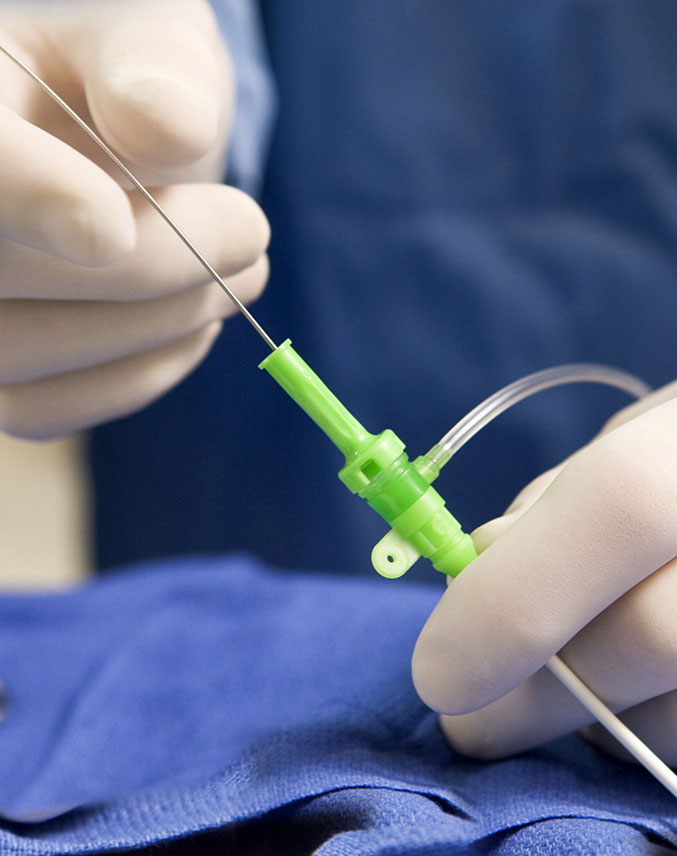What is Interventional Radiology?
Interventional radiology (also called IR) is a specialised field within radiology. In interventional radiology, doctors not only interpret your medical images, but they also perform minimally invasive surgical procedures through small incisions in the body. They use imaging technique like Fluoroscopy, MRI, CT Scan, and Ultrasound to guide them as they perform interventional procedures such as taking a biopsy, treating tumors, inserting catheters, and more.


Examples of IR Procedures
Few of the most common interventional radiology procedures are:
- Angioplasty - repair or unblocking of blood vessels
- Stenting - small mesh tubes that treat narrow or weak arteries
- Thrombolysis - block blood flow to cancer cells
- Embolisation - block blood flow to cancer cells
- Radiofrequency Ablation - used to reduce nerve pain
- Biopsies - studies of tissues
What are the Benefits of IR Procedures?
Well recognized advantages of these minimally invasive techniques include:
• Minimized Risks
• No General Anesthesia (in most procedures)
• Shorter hospital stays
• Lower costs (less hospital stay, dressings, follow ups etc)
• Greater comfort, less pain
• Minimal to no scars
• Faster Recovery
• Quicker convalescence and return to usual activities and work.


What are The Risks of IR Procedures?
As with any medical procedures that you undergo, there are some risks like bleeding, infection, and other risks that may vary according to your specific IR procedure. However, IR procedures generally carry significantly lower risks than surgical procedures, while accomplishing similar or even better outcomes.
The use of radiation for diagnostic or therapeutic interventions, in the form of X-ray, CT Scan or fluoroscopy, etc is not without risk. IRs make it a priority to minimize the amount to radiation necessary to complete the treatment by following established federal guidelines.
It is good to know that most of our procedures are ultrasound-guided, and there are no known risks associated with ultrasound.
